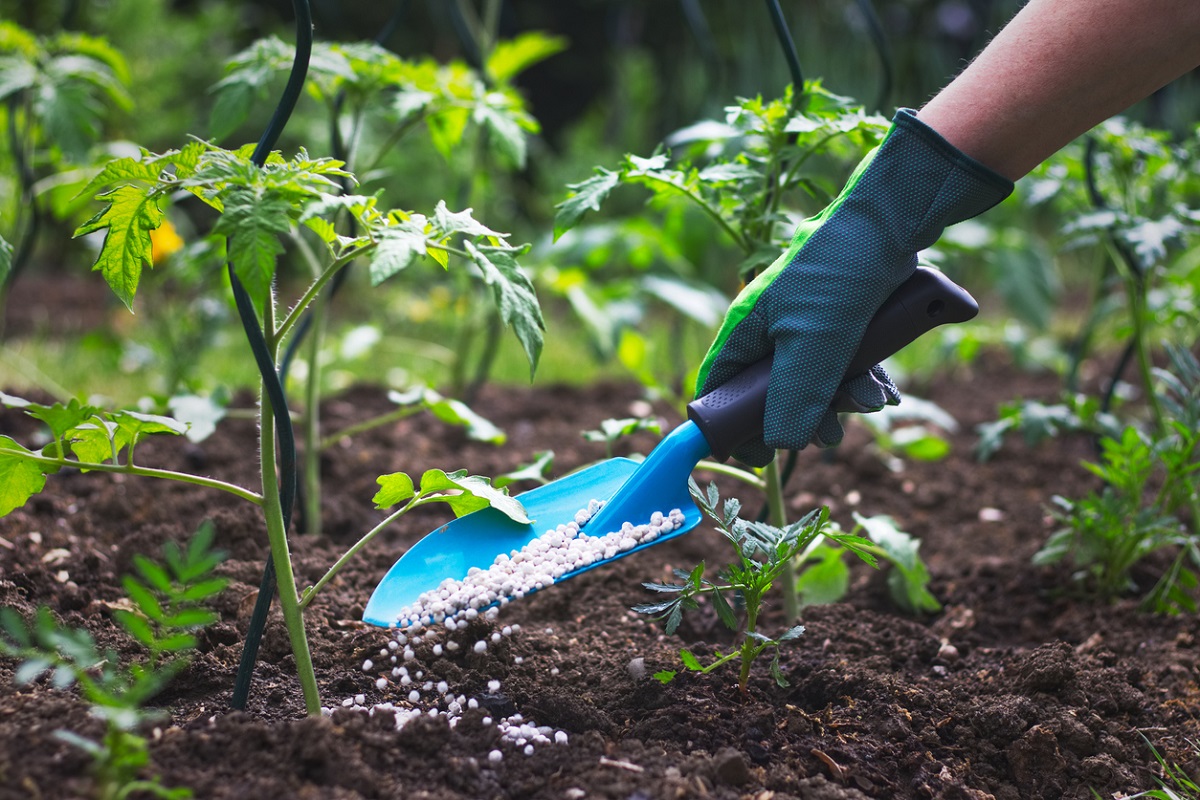Want to do right by your plants but don’t want to spend too much money on fertilizer? Here are seven homemade fertilizer recipes for you to put to the test. They’re made from ingredients you probably already have on hand, including some things you may be in the habit of throwing away. Read through the instructions carefully to determine if a particular fertilizer is right for your needs; for instance, some homemade fertilizers shouldn’t be used on acidic soil, while others shouldn’t be used on alkaline soil.
Keep in mind that you will not need all the ingredients in the supply list or all the items in the tool list. Choose your ideal homemade fertilizer and read those instructions to determine which of these items you’ll need to create your plant food.
Advertisement
Weeds:
Just like grass clippings, many of the weeds that you’ll find in your gardens are very high in nitrogen and will make an excellent fertilizer. The problem is, once you’ve pulled the weeds, you certainly won’t want to put them back in the garden because any seeds will sprout and make new weeds. The solution? Make weed tea. To do this, fill a five-gallon bucket no more than 1/4 full with weeds that you’ve pulled. Then fill the bucket the rest of the way with water, and let the weeds soak for a week or two. Once the water turns nice and brown (like tea), pour this weed tea on your gardens.
Kitchen Scraps:
Put your kitchen and garden waste to work by making your compost. Compost releases nutrients slowly, which means a well-composted garden can go a year or two without requiring reapplication of fertilizer. Compost also helps the soil retain moisture, which is essential for vegetable gardens to thrive during hot, dry summers.
Manure:
Manure comes from a variety of sources — cows, horses, chickens, and even bats. Each type of manure is high in nitrogen and other nutrients, but you’ll need to use it carefully. Raw manure is highly acidic and may have more nutrients than your plants need, so too much can burn your plants. It’s best to use composted manure. Since it is less nutrient-dense and acidic, you can use more of it to improve your soil’s water retention without risking your plants. You won’t have to wait long—manure quickly turns to a perfect odor-free soil amendment.
Tree Leaves:
Rather than bagging up the fall leaves and putting them out on your curb, collect them for your gardens instead. Leaves are rich with trace minerals, they attract earthworms, they retain moisture, and they’ll help make heavy soils lighter. You can use leaves in two ways: Either till them into your soil (or mix crushed leaves into potting soil), or use them as a mulch to both fertilize your plants and keep weeds down.
Coffee Grounds:
Coffee has several benefits, but one of its best is as a fertilizer. Lots of plants, such as blueberries, rhododendron, roses, and tomatoes, thrive best in acidic soil. Recycle your coffee grounds to help acidify your soil. There are a couple of ways to do this— you can either top dress by sprinkling the used grounds over the surface of the soil, or you can make “coffee” to pour on your gardens. Soak up to six cups of used coffee grounds for up to a week to make garden coffee, then use it to water your acid-loving plants.
Eggshells:
Just like we humans enjoy eating eggs in our breakfast as they are a good source of calcium and potassium for our body, our plants could use them too. Calcium found in these eggshells helps plants build a strong cell structure. To use eggshells, remove the contents inside the egg, clean the eggshells and crush them well with the help of a mortar and pestle. Now evenly spread the crushed shells over the top layer of soil. The shells would be automatically absorbed by the soil.
Banana Peels:
We always tend to throw away the banana skin unaware of the fact that our little garden needs them the most. Rich in phosphorus and potassium, banana peels would help your plants to strengthen, boost up fruiting and protect them from diseases. So the next time you eat a banana, reserve the peel for your garden. To mix banana peel in the soil, you can either chop them and sow them deep in the soil or soak them in freshwater for 3-4 days and then spray the water over the plants.
















